475ci T-head inline 6-cylinder engine 40bhp (rated) 4-speed transmission Solid axle suspension with semi-elliptical leaf springs Rear-wheel mechanical drum brakes *Incredibly rare formal car from Pierce-Arrow *Highly original condition *Untouched for decades *All cast aluminum body construction *The most beautiful era for Pierce coachwork The Model 36 Pierce-Arrow's rise to the pinnacle of the automotive industry was a rapid one. The bicycle and bird cage manufacturer had dipped its toe into motorcar production in 1901 but didn't truly flexed its muscles until 1904 when it introduced the Great Arrow, a large, four-cylinder machine. The next year the Great Arrow would sweep the Glidden Tour and would ultimately win the trophy four more consecutive years. By 1910 Pierce had moved toward all six-cylinder chassis. Three different sizes were offered: a 36, a 48 and a 66. The smallest is a relative term for Pierce-Arrow as it was 475ci and rated at nearly 40hp – bigger than the largest offering for most manufacturers. The Model 66 measured 825ci making it the largest production car engine ever. By 1912 Pierce-Arrow had firmly established its reputation as the highest quality car made in America, if not the world. From their precision-made, gasketless engines to their extensive catalog of cast aluminum coachwork, they built their reputation on quality at all costs. No other manufacturer went to the lengths Pierce-Arrow did to make the vast offering of chassis and body combinations. The dozens of cast aluminum bodies offered had almost no panel interchangeability. The same exacting standards that today signal incredible quality must have made for a boardroom nightmare in the period. One cannot accuse Pierce-Arrow during their "Golden Age" of ever compromising for the sake of price. The Motorcar Offered Of all the early Pierce-Arrows that survive today, the formal cars are by far the scarcest; the tremendous amount of aluminum used in the construction and its high scrap value led to the demise of many examples, especially during the war years. To find such an untouched example of an early Pierce-Arrow formal car like this one is truly special. A study of the styling of the bodywork quickly reveals Pierce's mastery of body design. There is not one disproportioned aspect to the body – every curve is harmonious and every panel is exquisitely shaped. The body was specifically designed for this chassis and it becomes a truly cohesive design where coach-built cars usually fall short. As is to be expected, the details are superb. The windshield reveals its use of wood and metal with hardware that is both straightforward and marvelously complex. The striking feature of this body style is the "vestibule" door with its arched top providing precious extra headroom for its hat wearing occupants. The vestibule town car was a distinct model that shared little with the standard town-car body style and was the most expensive model offered. In keeping with the true function of a town car – city and formal social use – the majority of cars produced were built on the 36 chassis. The 36 was powerful but far more maneuverable in urban settings. By studying the cars being made in Europe, Pierce borrowed and stole elements and combined them with innovative materials and techniques into a uniquely American design. The radiator shape is taken right from Mercedes, the engine design is influenced by Napier, and the body styling is influenced by both French coach builders and classical architecture. The end result is a cohesive design that could only be American and could only be a Pierce-Arrow. This 36 has spent the majority of its life in the Maryland area. It was discovered in the 1940s and used in the old car hobby in successive years—a number of tour badges and stickers from 1940s old car tour are still evident. The car all but disappeared from the hobby in the 1950s and was not rediscovered until recently when it was unearthed from a Maryland barn. Although
475ci T-head inline 6-cylinder engine 40bhp (rated) 4-speed transmission Solid axle suspension with semi-elliptical leaf springs Rear-wheel mechanical drum brakes *Incredibly rare formal car from Pierce-Arrow *Highly original condition *Untouched for decades *All cast aluminum body construction *The most beautiful era for Pierce coachwork The Model 36 Pierce-Arrow's rise to the pinnacle of the automotive industry was a rapid one. The bicycle and bird cage manufacturer had dipped its toe into motorcar production in 1901 but didn't truly flexed its muscles until 1904 when it introduced the Great Arrow, a large, four-cylinder machine. The next year the Great Arrow would sweep the Glidden Tour and would ultimately win the trophy four more consecutive years. By 1910 Pierce had moved toward all six-cylinder chassis. Three different sizes were offered: a 36, a 48 and a 66. The smallest is a relative term for Pierce-Arrow as it was 475ci and rated at nearly 40hp – bigger than the largest offering for most manufacturers. The Model 66 measured 825ci making it the largest production car engine ever. By 1912 Pierce-Arrow had firmly established its reputation as the highest quality car made in America, if not the world. From their precision-made, gasketless engines to their extensive catalog of cast aluminum coachwork, they built their reputation on quality at all costs. No other manufacturer went to the lengths Pierce-Arrow did to make the vast offering of chassis and body combinations. The dozens of cast aluminum bodies offered had almost no panel interchangeability. The same exacting standards that today signal incredible quality must have made for a boardroom nightmare in the period. One cannot accuse Pierce-Arrow during their "Golden Age" of ever compromising for the sake of price. The Motorcar Offered Of all the early Pierce-Arrows that survive today, the formal cars are by far the scarcest; the tremendous amount of aluminum used in the construction and its high scrap value led to the demise of many examples, especially during the war years. To find such an untouched example of an early Pierce-Arrow formal car like this one is truly special. A study of the styling of the bodywork quickly reveals Pierce's mastery of body design. There is not one disproportioned aspect to the body – every curve is harmonious and every panel is exquisitely shaped. The body was specifically designed for this chassis and it becomes a truly cohesive design where coach-built cars usually fall short. As is to be expected, the details are superb. The windshield reveals its use of wood and metal with hardware that is both straightforward and marvelously complex. The striking feature of this body style is the "vestibule" door with its arched top providing precious extra headroom for its hat wearing occupants. The vestibule town car was a distinct model that shared little with the standard town-car body style and was the most expensive model offered. In keeping with the true function of a town car – city and formal social use – the majority of cars produced were built on the 36 chassis. The 36 was powerful but far more maneuverable in urban settings. By studying the cars being made in Europe, Pierce borrowed and stole elements and combined them with innovative materials and techniques into a uniquely American design. The radiator shape is taken right from Mercedes, the engine design is influenced by Napier, and the body styling is influenced by both French coach builders and classical architecture. The end result is a cohesive design that could only be American and could only be a Pierce-Arrow. This 36 has spent the majority of its life in the Maryland area. It was discovered in the 1940s and used in the old car hobby in successive years—a number of tour badges and stickers from 1940s old car tour are still evident. The car all but disappeared from the hobby in the 1950s and was not rediscovered until recently when it was unearthed from a Maryland barn. Although
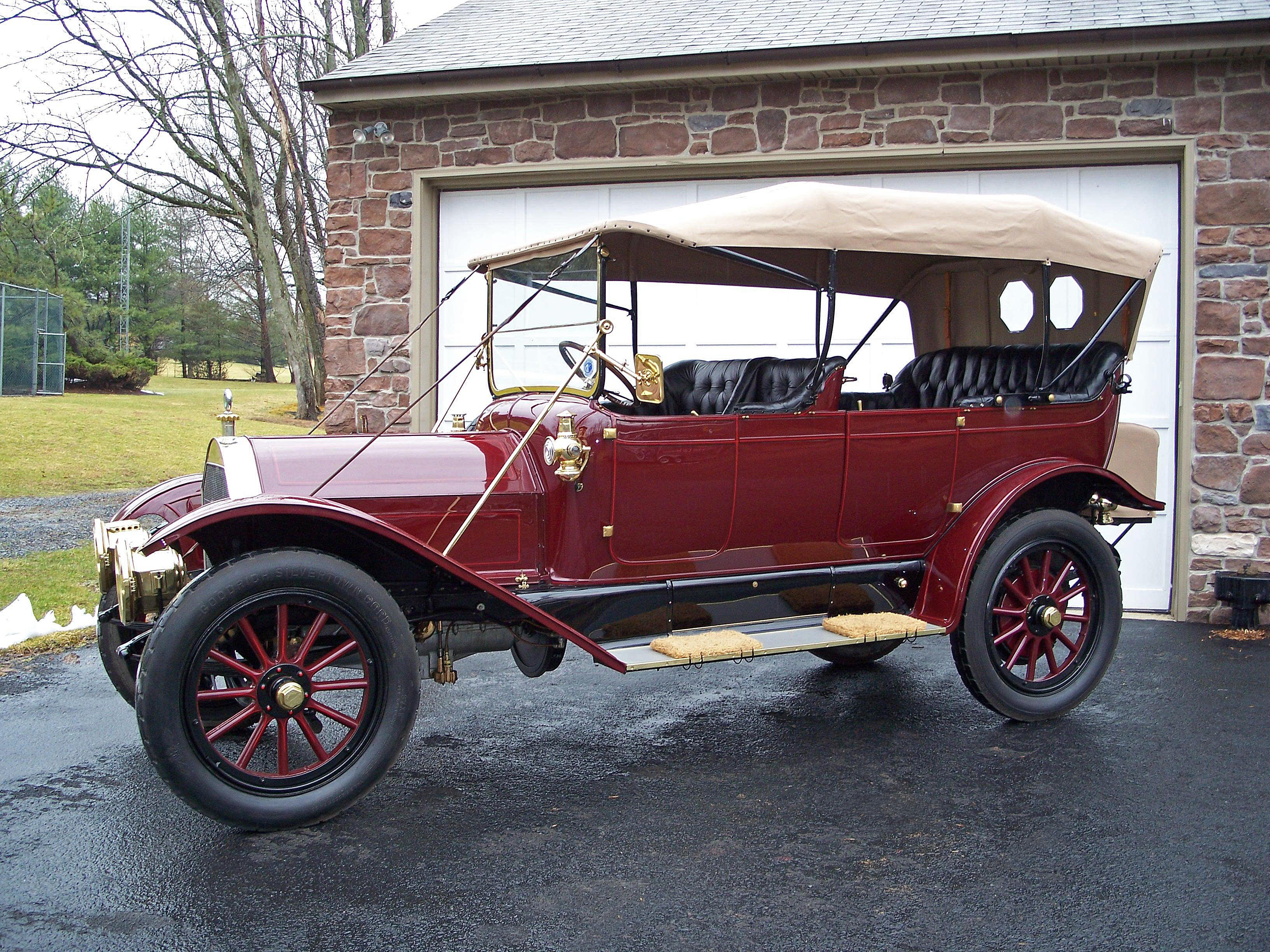
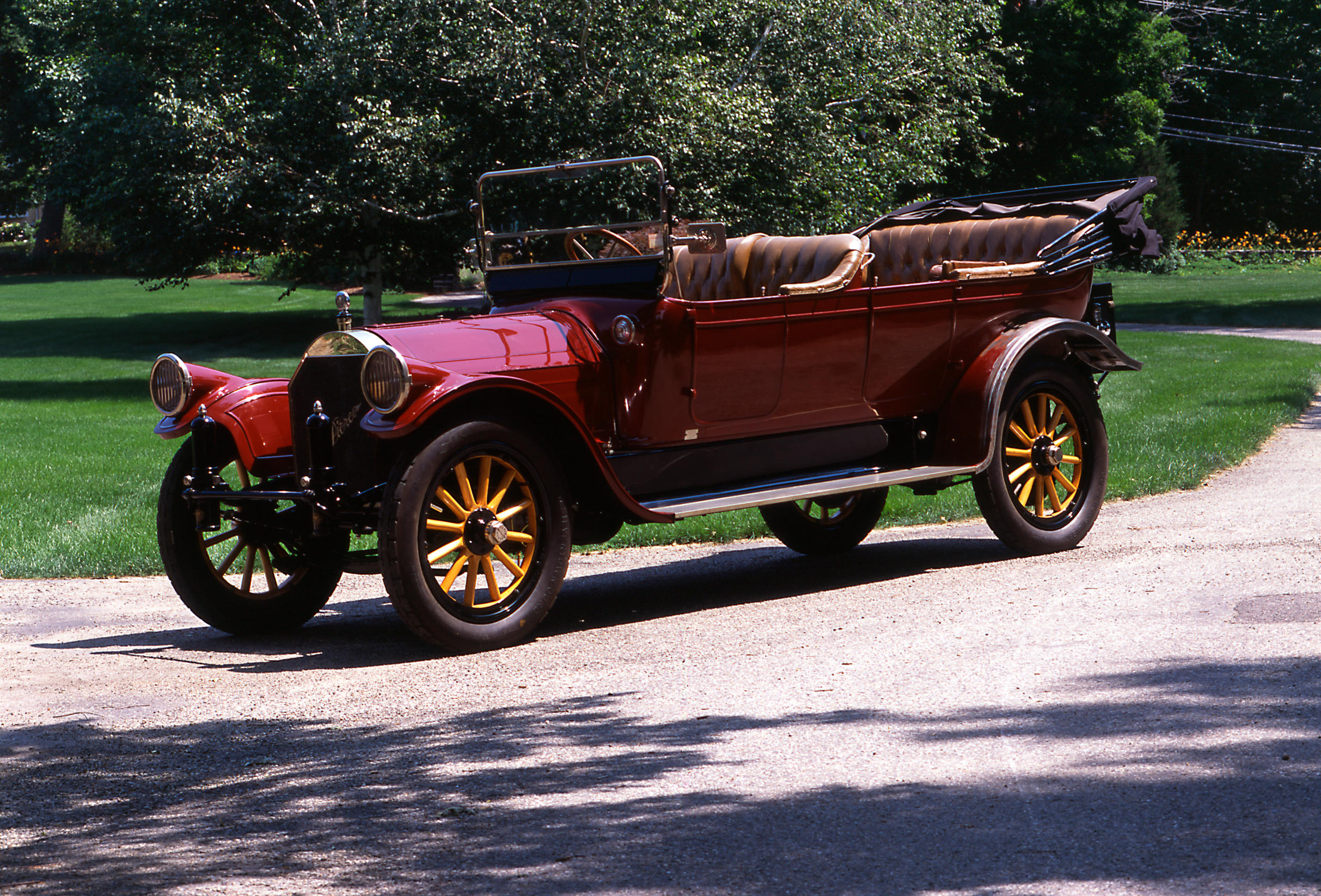

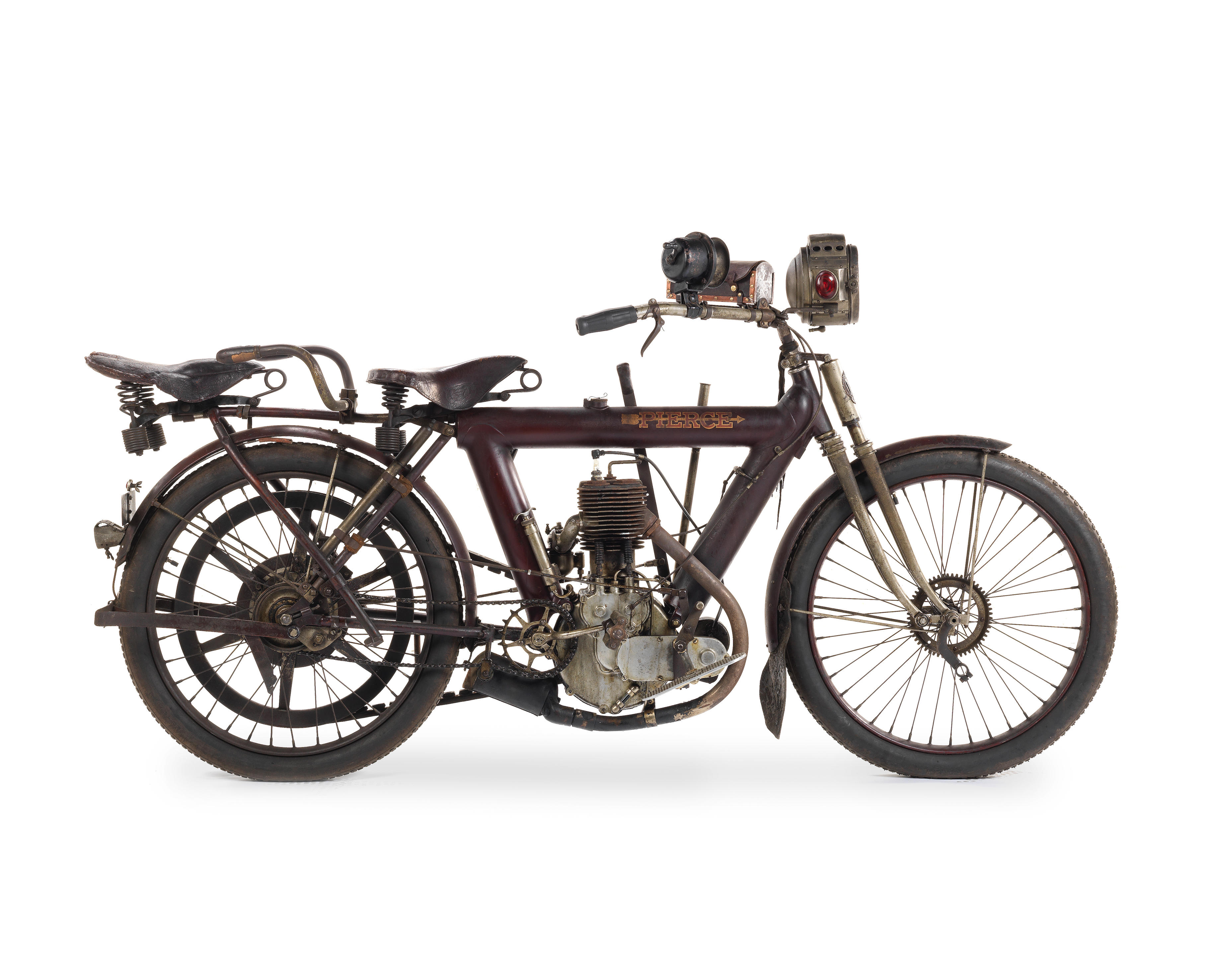

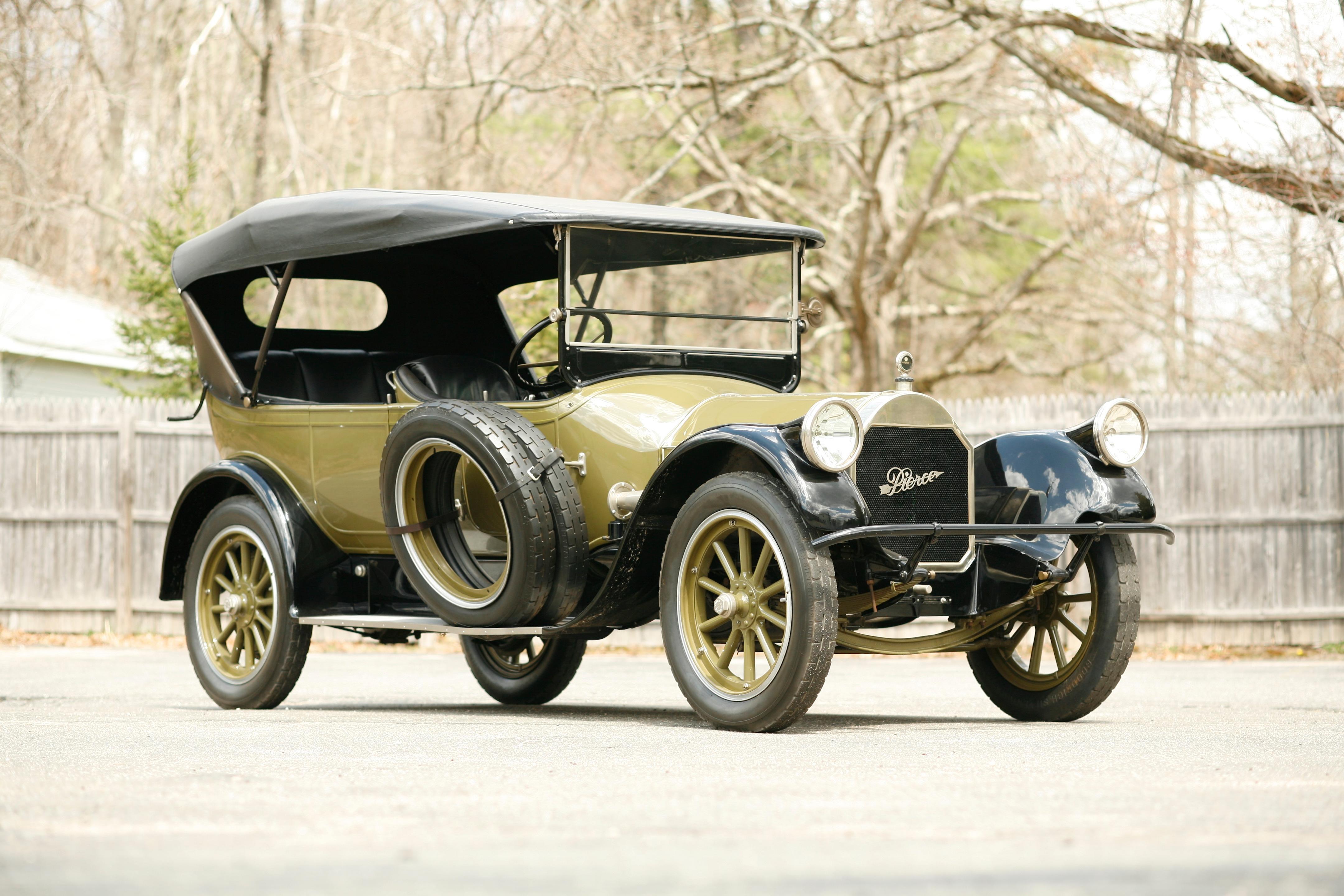
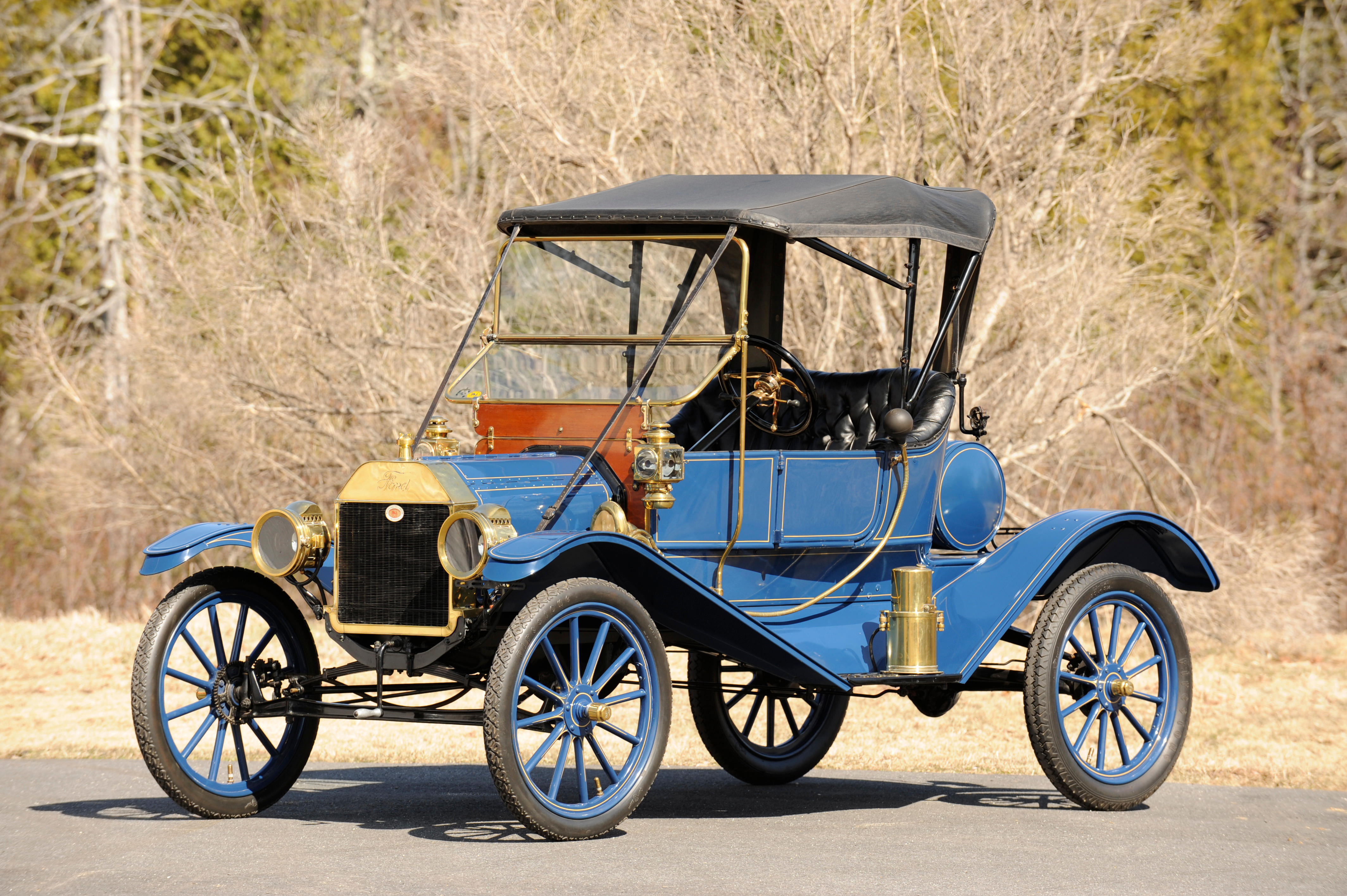
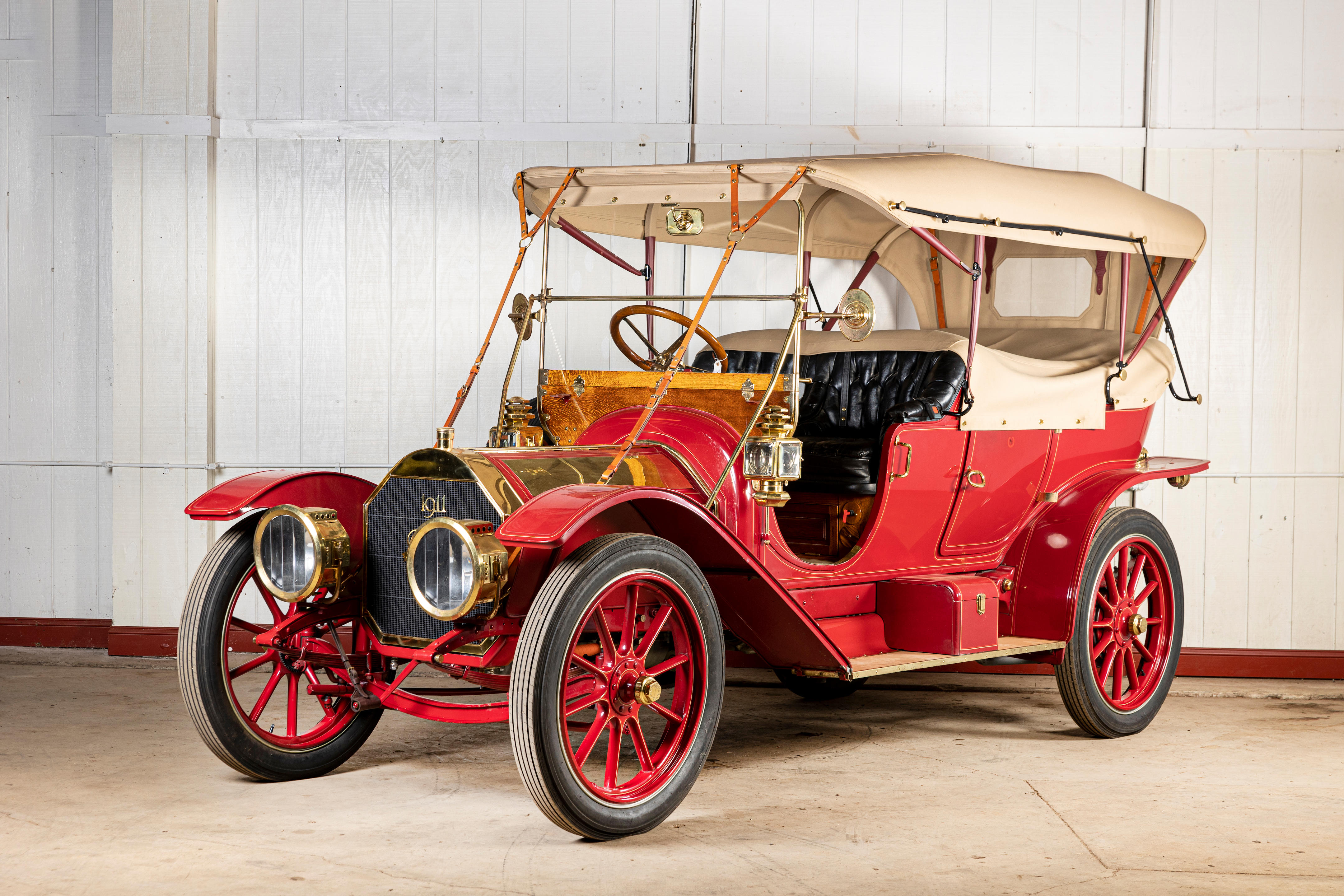

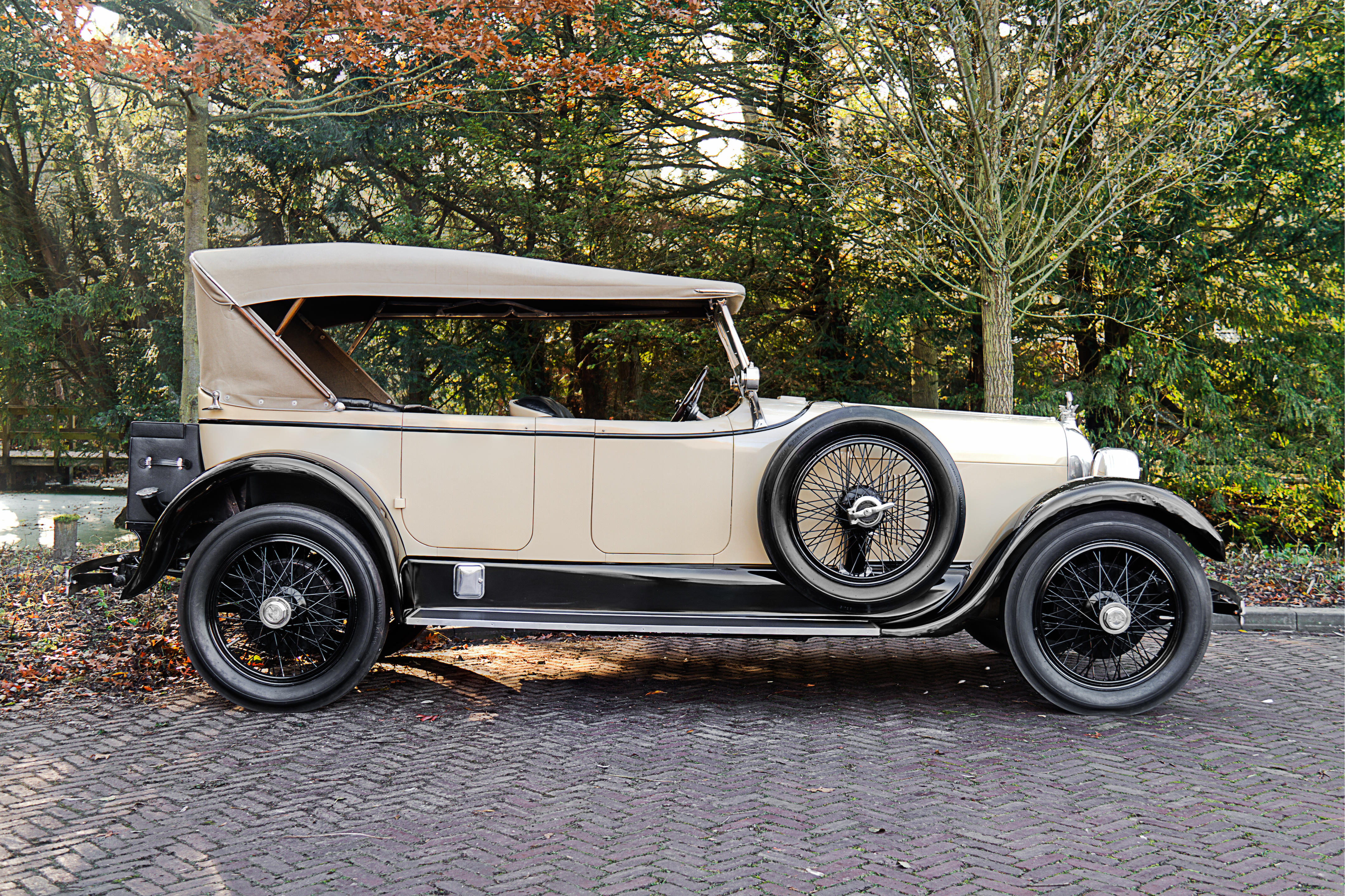
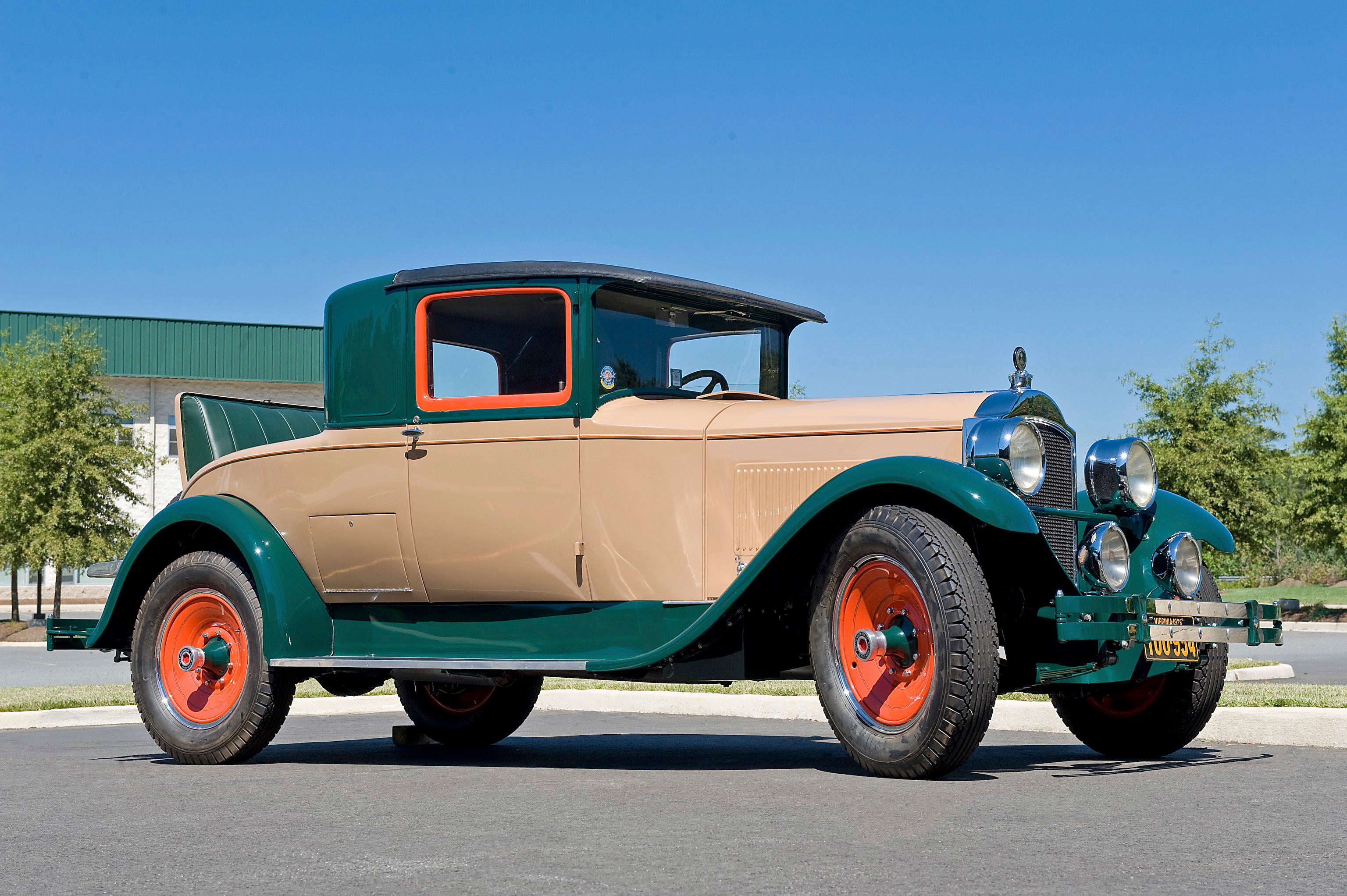
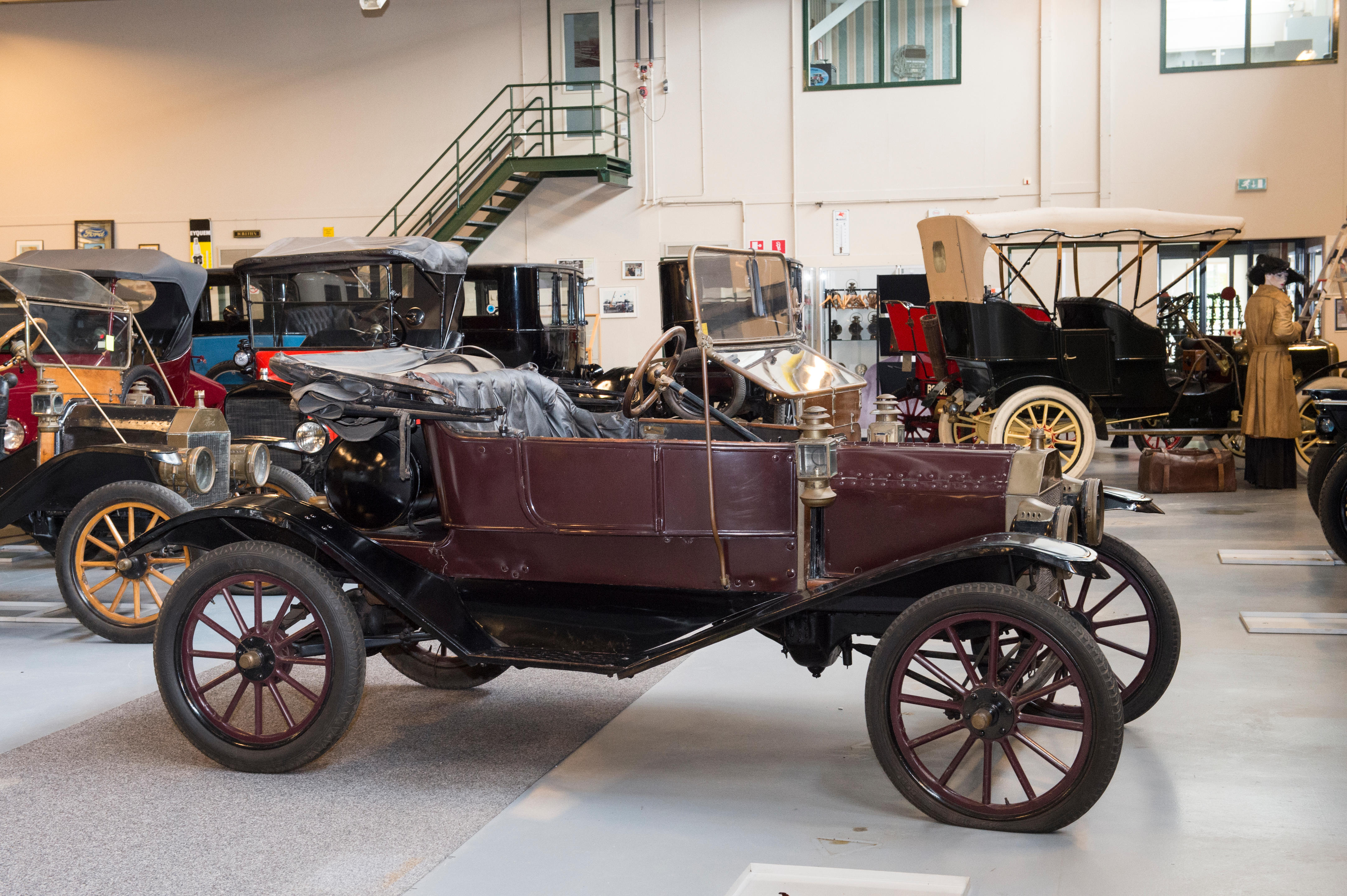
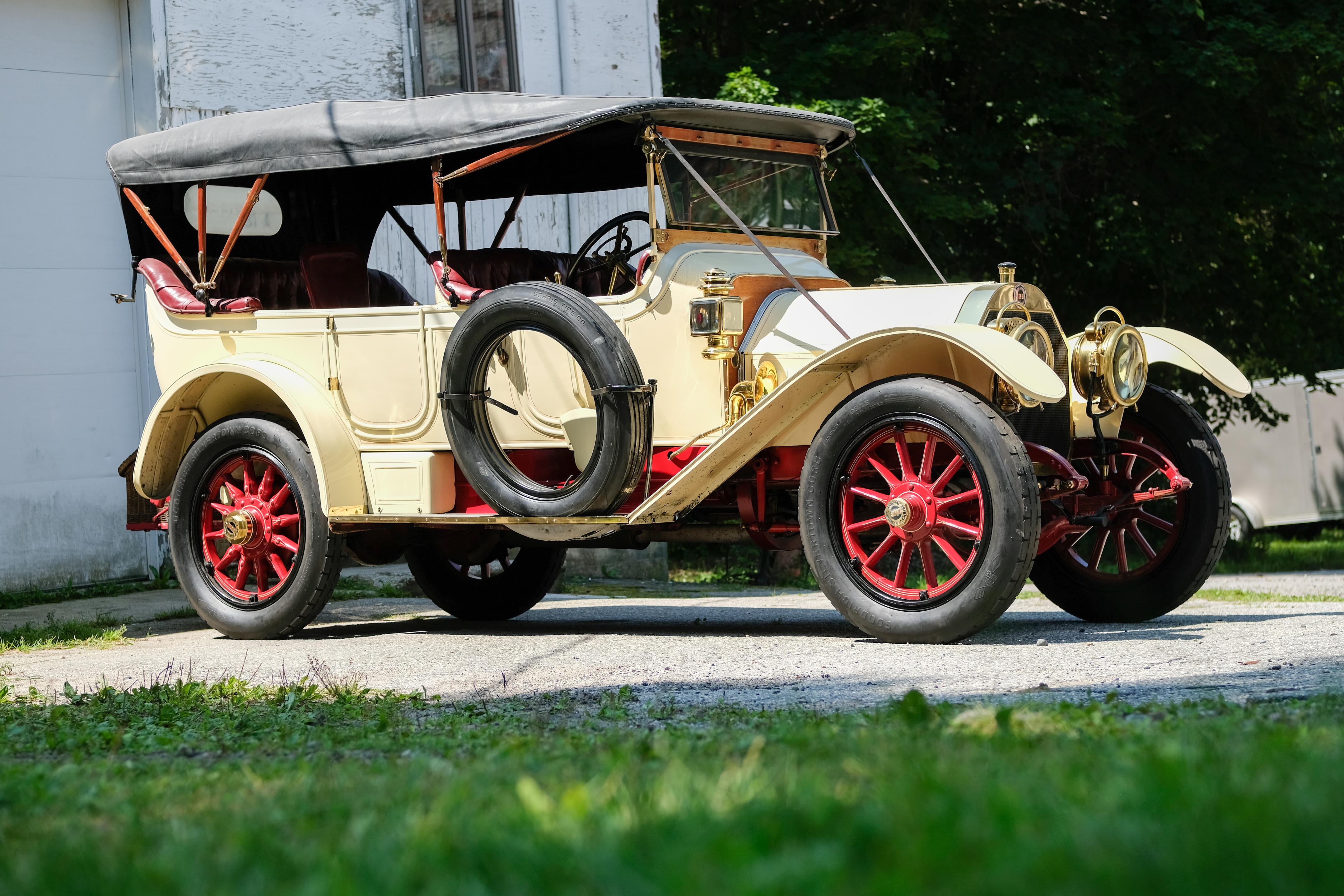

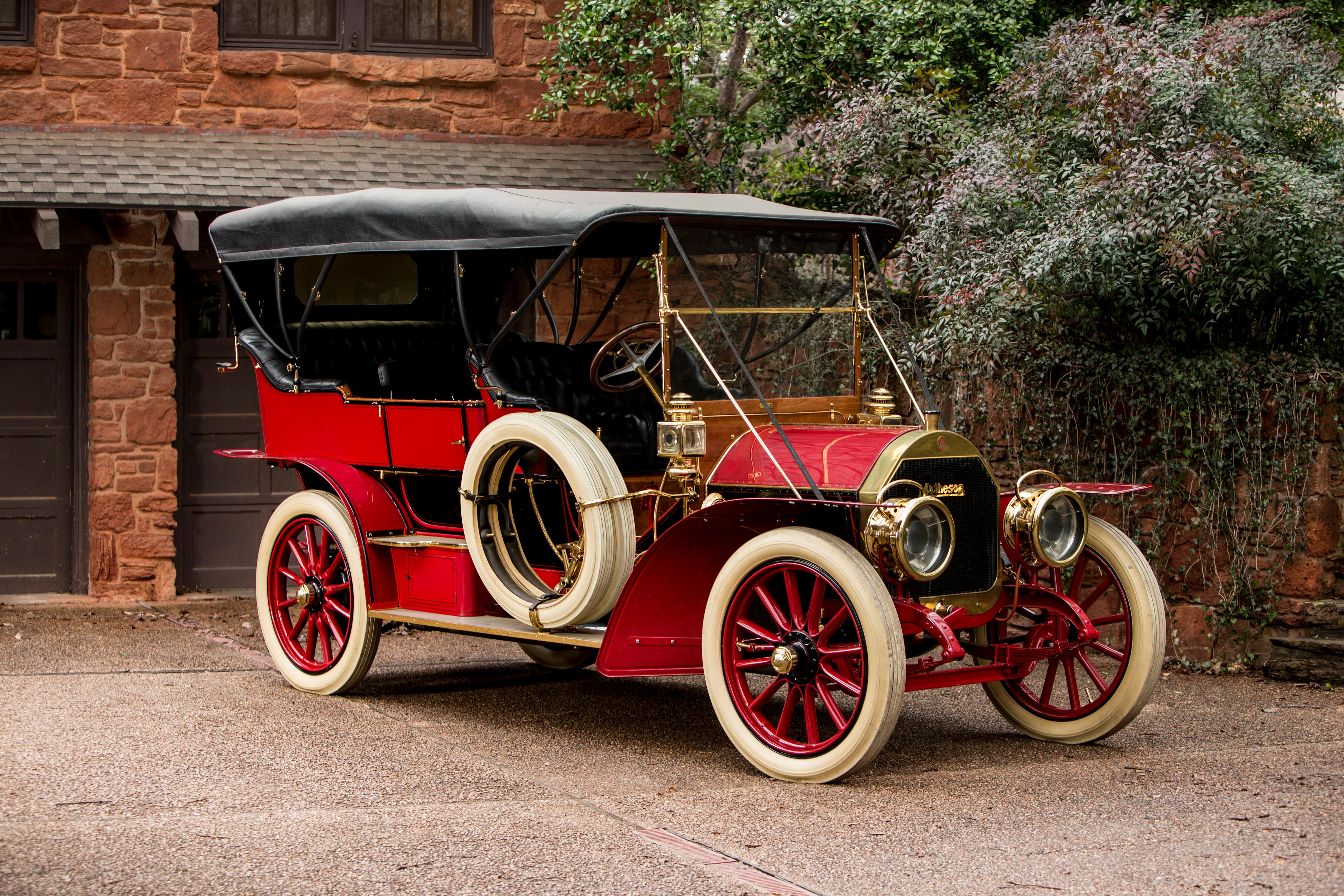
Testen Sie LotSearch und seine Premium-Features 7 Tage - ohne Kosten!
Lassen Sie sich automatisch über neue Objekte in kommenden Auktionen benachrichtigen.
Suchauftrag anlegen